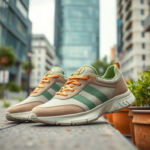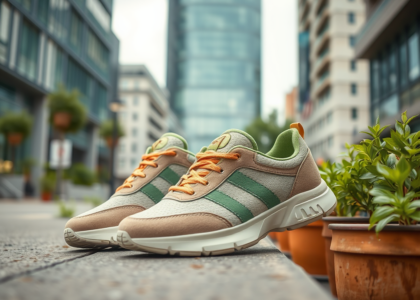Being able to dress appropriately for different seasons is essential for comfort and style. Each season requires different types of clothing that cater to varying temperatures and weather conditions. In this article, we will explore how to dress for spring, summer, fall, and winter, providing practical tips and stylish recommendations for each season.
Dressing for Spring

Spring is a transitional season where temperatures can vary greatly from day to day. Layers are key during this time of year. Start with a light base layer such as a cotton t-shirt or blouse. Add a medium-weight jacket or cardigan that can be easily removed as the day warms up. Opt for breathable fabrics like cotton and linen to stay comfortable. Keep a scarf or light blanket handy for cooler evenings. Accessories like sunglasses and light hats can add style and protection against unexpected rain showers.
Dressing for Summer
Summer calls for lightweight, breathable clothing to keep cool as temperatures rise. Choose fabrics like cotton, linen, or moisture-wicking materials. Shorts, skirts, and dresses are great options for keeping cool. Opt for light colors that reflect the sun and don’t absorb heat. It’s also essential to protect your skin with UV-protective clothing or sunscreen. Don’t forget essentials like sunglasses, a wide-brimmed hat, and comfortable sandals. These not only add to your summer style but also provide necessary protection and comfort.
Summer Wardrobe Must-Haves
- Lightweight cotton t-shirts
- Linen shorts or skirts
- Breathable dresses
- UV-protective hats
- Comfortable sandals
Dressing for Fall
Fall is another transitional season that requires a balance of warmth and breathability. Layering remains important but focus on slightly heavier fabrics. Think about cozy sweaters, long-sleeve shirts, and denim or corduroy pants. Use scarves, gloves, and hats to add warmth and style. Earthy tones and rich colors like maroon, mustard, and forest green are popular during this season. A durable, weather-resistant jacket will be indispensable for windy or rainy fall days.
Dressing for Winter
Winter demands the warmest and most insulated clothing. Start with a thermal base layer to trap body heat. Choose woolen or fleece tops and pair them with thick, insulated bottoms. A high-quality winter coat is a must. Accessories like woolen hats, scarves, and gloves are crucial for retaining heat. Look for waterproof or snow-resistant boots to keep your feet dry and warm during snowy conditions. Don’t forget to wear layers, as indoor heating can quickly warm you up after being outside.
Conclusion
Dressing appropriately for each season not only ensures comfort but also enables you to make a style statement year-round. Understanding the principles of layering, fabric choices, and seasonal accessories can make dressing for any weather both practical and fashionable. Follow these guidelines for each season, and you’ll always be well-prepared, no matter what Mother Nature throws your way.
FAQs
1. What fabrics are best for summer?
Cotton, linen, and moisture-wicking materials are ideal for summer as they are breathable and allow for better air circulation, keeping you cool.
2. How can I stay stylish in winter while dressing warmly?
Focus on layering fashionable pieces, such as chic sweaters with stylish coats, and accessorize with stylish hats, scarves, and gloves to add flair to your winter wardrobe.
3. What should I avoid wearing in the spring?
Avoid heavy winter clothing and opt for lighter layers instead. Heavy fabrics can make you too warm as the temperatures rise during the day.
4. What colors are popular for fall?
Popular fall colors include earthy tones like brown, maroon, mustard, forest green, and burnt orange, which reflect the seasonal changes in nature.
5. How can I transition my wardrobe between seasons?
Use layering techniques and versatile pieces. For example, you can pair a summer dress with a cardigan and boots to transition into fall. Keeping adaptable items allows for easier adjustments as the weather changes.










